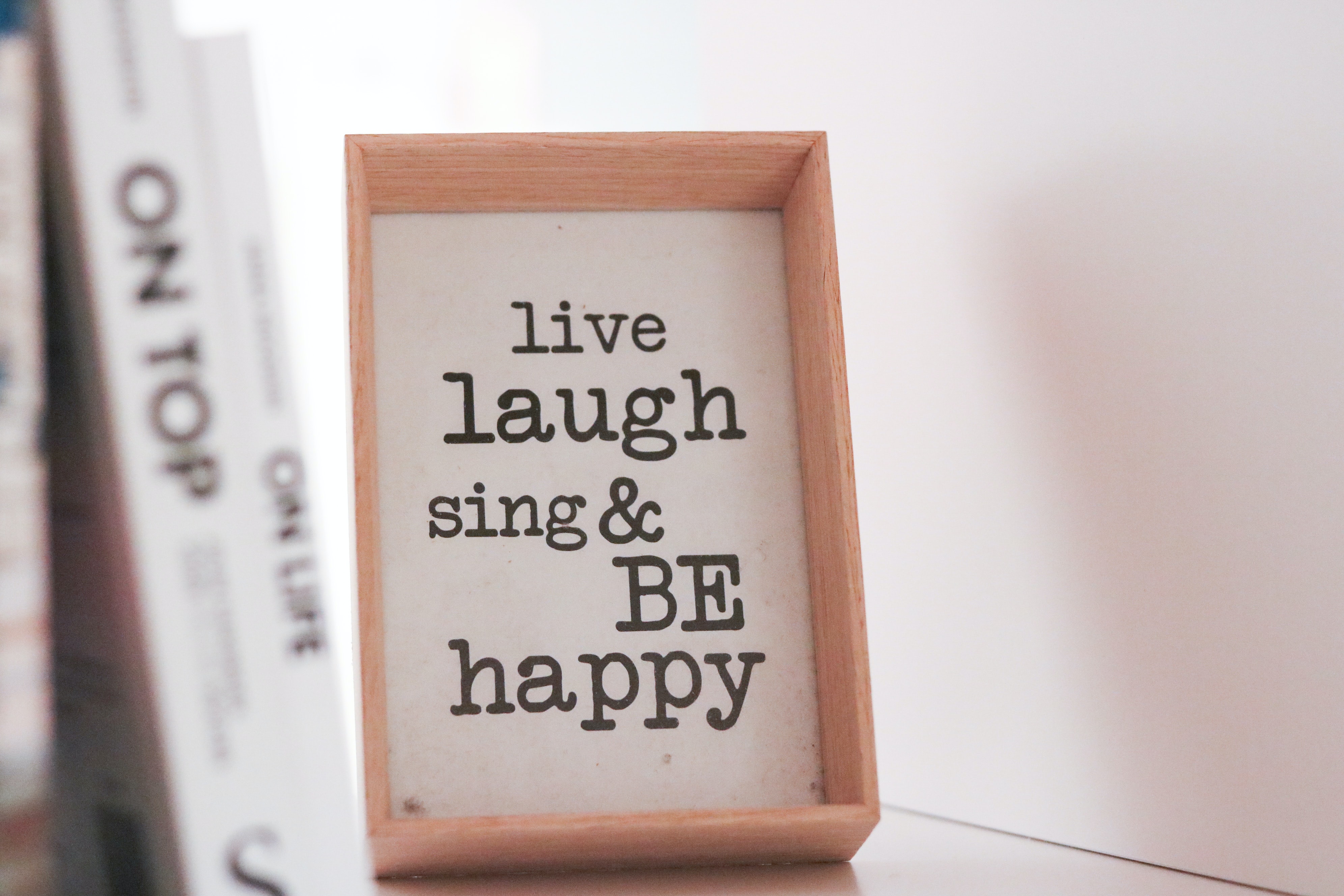In the 1950s Charles Douglass, a sound engineer and inventor, designed a “Laff Box”. Its main function was to generate laughter at different pitches, in order to mimic audience reactions at a precise and timely moment, a technique that came to be known as “sweetening” used in television sitcoms. For 20 years, Douglass had a monopoly on the business of faux-laughs. His menu included 320 different types of laughs, including chuckles, giggles and belly laughs.
Lubricant for social life
This 2020 World Mental Health Day, when the world is gripped by a pandemic, death, deprivation and difficulties, and we are all physically isolated as one, there is a need for ha-ha-has now more than ever. One of my favourite comedians Groucho Marx once noted that “A clown is like an aspirin, only he works twice as fast.”
It was very hard for psychologists to study laughter in isolation in laboratory situations. This was because laughter is in essence a social behaviour. It takes place more easily in groups, and it is contagious! A baby can laugh as early as 17 days! Haha, hoho and hehe also happen to be a universal human language without cultural barriers.
One-minute of hearty laughter can produce the same rise in heart rate as 10 minutes of rowing on a machine, and so it has the added benefit of being a gentle form of aerobic exercise

The physiology of ROFLMAO
The late Dr Robert Provine, professor of neurobiology and psychology, one of the only few people I know who dedicated their entire life to the rigorous scientific investigation of laughter, demonstrated how human beings’ brains have a neural circuit that responds solely to laughter. He called this the “laugh-detector” and he noted how this detector activates a “laugh generator”, another neural circuit that produces laughter.
When you laugh, it shakes up your physiology entirely. One-minute of hearty laughter can produce the same rise in heart rate as 10 minutes of rowing on a machine, and so it has the added benefit of being a gentle form of aerobic exercise, attested by William Fry, another famous Stanford scientist.
Laughter as therapy
Our environment constantly floods us with hardships. We need to cope with the pressure of deadlines and loss, our bodies hurt, our thoughts trouble us, we are in a state of suffering. Walter Cannon from Harvard described how we have survived as a species on account of our “fight or flight” response that protected us from the “saber-toothed tiger”. But in the 21st century, where we are bombarded with catastrophic “what if” thoughts rather than real threats, we can activate this stress response with lesser cause.
The famous Austrian endocrinologist Hans Seyle established how in such cases this unique to humans stress response can cause the thinking brain or cerebral cortex to send (false) alarms to the bat-signal device (calling for Batman) aka the hypothalamus which activates your sympathetic nervous system that leads to a domino effect of changes in your breathing pattern, heart rate, muscle tension, metabolism, and blood pressure. Blood is directed away from your digestive system to your hands and legs as well as larger muscle groups to get you ready for combat or escape. Your pupils dilate to sharpen your vision and your hearing becomes like Superman (Yay DC comics!).
Sigmund Freud recognised that laughter was a relief from the physiological and psychological tensions that we suffer from. We now have some scientific evidence to back up this claim. Laughter and good humour moderate and soften the impact of the human stress response. They alleviate pain, suffering, despair, gloominess and worries, at least temporarily. Laughter can indeed be very therapeutic provided it comes from a place of good-naturedness and not foulness or a struggle for power. In moderation, it has been known to benefit physical and mental illnesses including the common cold and depression!
Tips to help you bring out your inner ho-ho-ho
1] Find a laugh-mate: Especially during this pandemic, reach out to someone who shares a similar sense of humour and watch something together that makes you laugh.
2] Play a one-minute game with those stuck with you at home called “You laugh you lose”: The idea is one person is the seeker (“denner”) and gets 1 minute to make someone smile or laugh without any tickles or touch.
3] If you have a young child at home, play the tickle-monster game, just enough that the tickling does not become torture (because it can). Also, tickle (or threaten to tickle) your spouse/ partner/ lover when you get a chance.
4] The more the merrier: Get together on a conference call with work colleagues or a large family / friend circle, make more eye contact (albeit online), and the smiles / laughs will automatically flow.
5] Don’t inhibit your laughter: Mentally prepare yourself, and allow yourself to laugh. After all, it is a form of play. Watch movies that make you laugh. Read books that make you smile.


